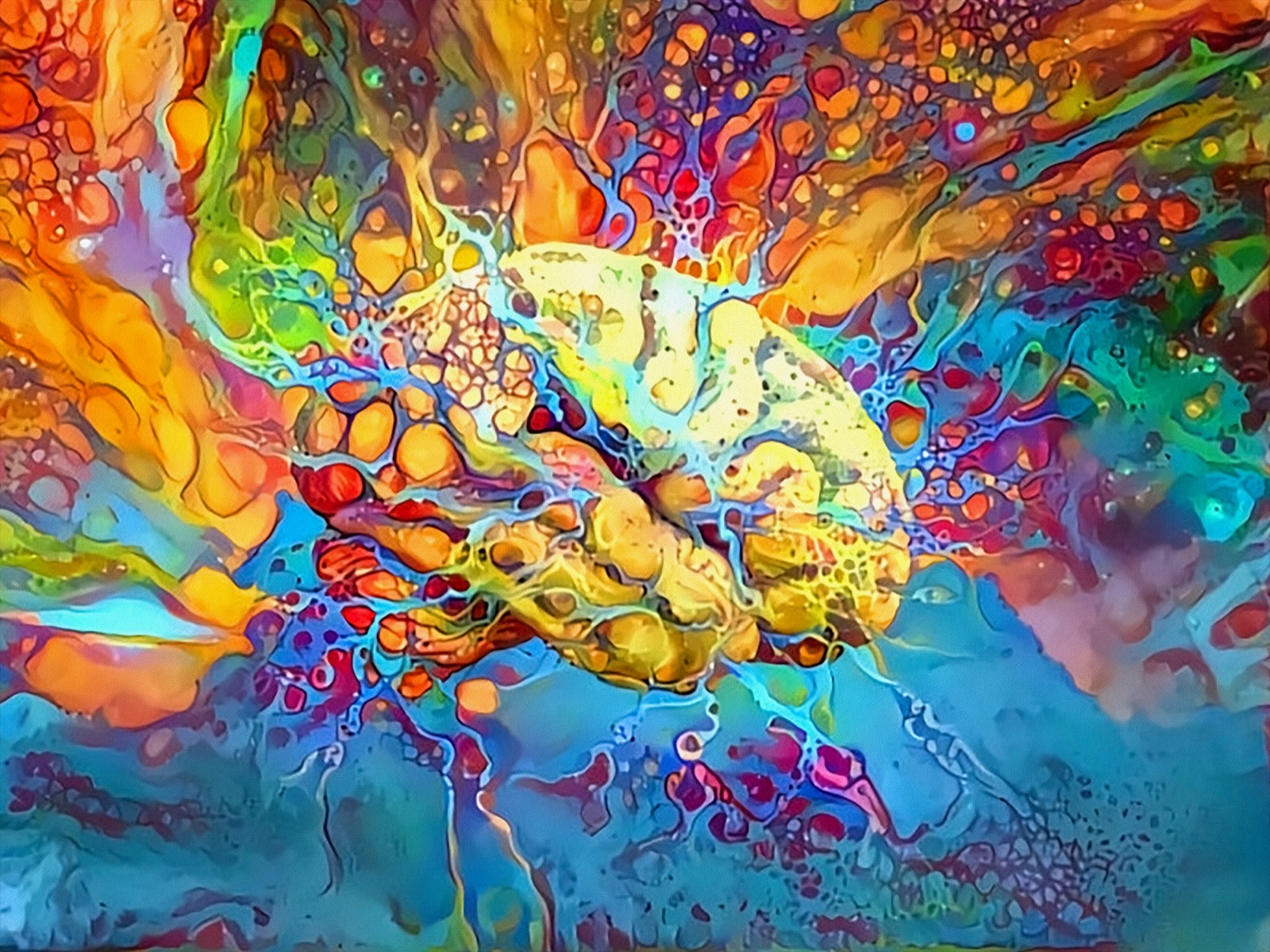Understanding the Importance Behind Remarkable Trump Art Creations
Wiki Article
Looking Into the Diverse Globe of Artistic Expression: From Surrealism to Abstract Realism
In the realm of creative expression, from the dreamlike landscapes of surrealism to the elaborate play of light and form in abstract realistic look, musicians have actually constantly pressed the limits of creativity and creative imagination. Each movement holds a special lens where the world is checked out and interpreted, offering a look right into the midsts of human emotion, assumption, and assumed. As we explore the diverse globe of art, we exist with a tapestry of styles, strategies, and philosophies that challenge our understanding and prompt reflection. The journey with these diverse types of creative expression promises to unwind an abundant tapestry of visual storytelling and intellectual questions that captivates the mind and stirs the spirit.Surrealism: Releasing the Subconscious
Surrealism, an avant-garde artistic movement of the 20th century, dived into the midsts of the subconscious, introducing a globe of dream-like images and unique associations. Pioneered by musicians like Salvador Dali, René Magritte, and Joan Miró, Surrealism looked for to challenge the conventional methods of seeing and comprehending art. With strategies such as automatism and dream evaluation, Surrealist musicians intended to tap right into the unconscious mind to reveal hidden truths and needs.Among the vital components of Surrealism was the focus on the illogical and the extraordinary. By combining unexpected elements in their jobs, Surrealist musicians intended to produce a feeling of disorientation and surprise in the visitor. This disruption of reasoning and reason was indicated to prompt a much deeper expedition of the subconscious and the enigmas of the human mind.
Abstract Realistic Look: Redefining Understanding
Testing conventional artistic boundaries, Abstract Realistic look redefines understanding with the combination of recognizable elements with abstract types. This ingenious approach to art incorporates the representational accuracy of realism with the imaginative flexibility of abstraction, using audiences an one-of-a-kind visual experience that motivates them to question their understanding of truth.In Abstract Realism, artists aim to record the significance of their topics while also infusing their job with a sense of depth and intricacy with abstract components. By mixing the acquainted with the strange, these artists welcome audiences to involve with their pieces on multiple degrees, urging them to explore the nuances of kind, color, and structure.

Cubism: Fragmentising Reality
Making use of fragmented perspectives and geometric kinds, Cubism transformed the imaginative representation of truth in the very early 20th century. Developed by Pablo Picasso and Georges Braque, Cubism looked for to test typical concepts of point of view and representation. By damaging down items and numbers into geometric shapes and offering them from numerous point of views all at once, Cubist musicians intended to capture the significance of the subject instead of its actual look. This strategy not just deconstructed truth yet likewise highlighted the flatness of the canvas, leading the way for future abstract art movements.
Cubism can be classified right into two main stages: Analytical Cubism, identified by single color pattern and intricate, fragmented forms; and Synthetic Cubism, which included collage components and brighter colors into the structures. Through these unique phases, Cubism affected not only painting but additionally design, architecture, and sculpture. trump art. Its effect reverberated throughout the art globe, motivating artists to discover new ways of translating and representing the world around them
Expressionism: Emotions on Canvas
Checking out the my website depths of human emotions via expressive and dazzling brushstrokes, Expressionism arised as an extensive artistic activity in the very early 20th century. Unlike previous art movements that concentrated on depicting the outside world, Expressionism explored the interior world of the artist's mind, aiming to evoke raw emotions and prompt visceral responses from customers.
Expressionist artists, such as Edvard Munch, Egon Schiele, and Emil Nolde, turned down typical concepts of beauty and realism in support of distorting type and color to he has a good point communicate subjective sensations. Using exaggerated brushwork, vibrant colors, and altered numbers aided produce a feeling of unease, alienation, or enthusiasm in their works.
One of one of the most renowned instances of Expressionism is Munch's "The Scream," which captures the extreme stress and anxiety and anguish of modern life through its swirling, altered figure versus a blood-red skies. With their mentally billed works, Expressionist artists sought to challenge standard artistic norms and give a window right into the unstable midsts of the human soul.
Contemporary Art: Advancing Perspectives

One of the defining features of modern art is its continuous advancement and ability to adapt to transforming cultural landscapes. Musicians are progressively including modern technology into their technique, obscuring the lines between the physical and electronic realms. This blend of tools allows for ingenious means of narration and involving with audiences in an extra interactive manner.
Additionally, modern art frequently works as a system for social discourse, addressing pressing problems such as identification, national politics, and the atmosphere. Artists are using their work to prompt and trigger crucial conversations idea, clarifying the complexities of the world we reside in. As perspectives proceed to advance, contemporary art continues to be a vibrant and influential force in shaping our cultural landscape.
Final Thought
In verdict, the world of artistic expression incorporates a wide variety of motions and designs, each with its own unique published here method to conveying significance and feeling. From surrealism's expedition of the subconscious to abstract realism's redefining of assumption, and from cubism's fragmentation of reality to expressionism's portrayal of feelings, art remains to advance and test viewpoints - trump art. Contemporary art mirrors the ever-changing globe we reside in, providing new means to interpret and understand the intricacies of our truthAs we discover the diverse globe of art, we are offered with a tapestry of designs, strategies, and approaches that challenge our understanding and prompt reflection. Its impact resounded across the art world, motivating artists to explore brand-new methods of translating and standing for the world around them.

Report this wiki page